Every mail went through a journey. Its addressee can never know the exact details of a mail’s travel. But by looking at the stamp cancels and postal markings, you will have a clue on what tiny secret an envelope holds.
Did it travel by air or by sea? When was the letter posted? Did it ever reach its destination? Did it pass through the postal censor during war? The stamp cancellation marks serve as the testimony of every mail’s adventures.
You can usually find two inscriptions on a mailed envelope: a stamp cancel and a postmark.
A postal cancel is any mark used to deface or “cancel” a postage stamp and prevent its unlawful reuse. In philately, they are sometimes called obliterator or killer.
On the other hand, a postmark indicates the details where, how, and when the mail was posted.
However, a postal marking can also be used as a stamp cancel. Thus, the term stamp cancels and postmarks are often used interchangeably.
History of stamp cancels
As vanguards of postal frauds, the heroic story of stamp cancellations unfolds in the 1840s when the first Penny Black stamps were released in Great Britain. The first stamp cancellations had a Maltese cross design. After 1844, the British postal authorities began using stamp cancels with post office’s identification numbers.
The US postal service in the 1880s used to deface the postage stamps by pen marks. By the later part of the century, American and Canadian postmasters were allowed to express their creativity by making their own stamp cancels.
Since hand stamping stamps is a time-consuming task, the postal authorities devised ways to make their work easier. Pre-canceled stamps were issued. Stamp cancellation machines were also introduced. However, hand cancels still exist today in many post offices worldwide.
Types of stamp cancellations
Common postage stamp cancels
a) Bull’s eye stamp cancellations
They are also known by their fancy name, “socked on the nose” postmarks. Their typical circular design is well-loved by philatelists for its neat postmark showing the date and the post office branch.
b) Barred numeral cancellations
In Britain, each numeral cancels corresponds to a certain post office. Each country under the British rule has a specific shape of the bar cancellation marks.
c) Added stamp cancellations and postmarks
Some hand stamped cancellations are added onto the mail during transit. Letters that have highway post office cancellations passed the scrutiny of the mail sorting equipments.
On the other hand, those with railway post office stamp cancels were carried by trains. While those with ship cancels or paquetbot marks have been aboard steamer ships.
Other kinds of postmarks indicate that the mail was not received by the addressee and was returned to the sender. During war, letters that went through a censor were postmarked to let the owner know that it has been opened for security purposes.
d) First day of issue stamp cancels
When a collector buys a postage stamp or post card on its first day of release, a special “first day of issue” postmark is applied. Envelopes or mailed items with this kind of postal cancel are called first day covers.
Special postmarks and postal cancellations
a) Fancy cancels
The latter part of the 19th century allowed American and Canadian postmasters to get creative with their self-styled stamp cancellations. Cancellers were mostly carved out from cork in various fancy designs.
b) Slogan stamp cancels
Slogan postal cancellations were used for propagandas ranging from government mottos to product advertisements.
Some slogan stamp cancels contain catchphrases to promote an event.
c) Pictorial stamp cancellations
Like the former type of postal cancels, the pictorial cancellations are used during commemorative events and anniversaries.
Pictorial stamp cancels contain an image or a profile of a notable person or object.
d) Holiday postmarks
Holiday-themed stamp marks are popular during the festive season. To get these special postmarks, letters and post cards are sent to the post offices were they are stamped with holiday postal marks before they are shipped out to their addressees.
Collecting stamp cancels and postmarks
Long before the machine cancellations, stamp collectors scribble “philatelic mail” on the envelope to warn postmasters that the postage are going to be reused for a stamp collection.
Philatelists or postage stamps collectors prefer postage stamps that are lightly cancelled.
Some collectors opt to have the actual hand stamp cancels. Many philatelic books have been dedicated to the study of postal markings that have shaped the postal history.
How stamp cancellation affect the stamp value
Stamp cancellations matter a lot to philatelists who are into used stamps collecting although some rare postage stamps are more valuable in mint condition.
Ideally, philatelists prefer postal markings that do not obscure the stamp design. A postage stamp’s physical appearance matters a lot in stamp appraisal. Most collectors are interested in fancy stamp cancels and avoid the pen cancels which are more susceptible to philatelic fraud.
Among the most expensive cancelled stamps are the 1920s German inflation stamp issues. These rare Deutsch stamps are more valuable when they have a visible postmark.
On the contrary, precancelled postage stamps are mainly for postage purposes. These stamps, also called as cancelled- to- order stamps, do not have a significant philatelic worth.
Best of all, stamp cancellations and postmarks are the proof of a stamp’s authenticity. Most fake postage stamps do not have cancellation marks. This makes them easier to forge.

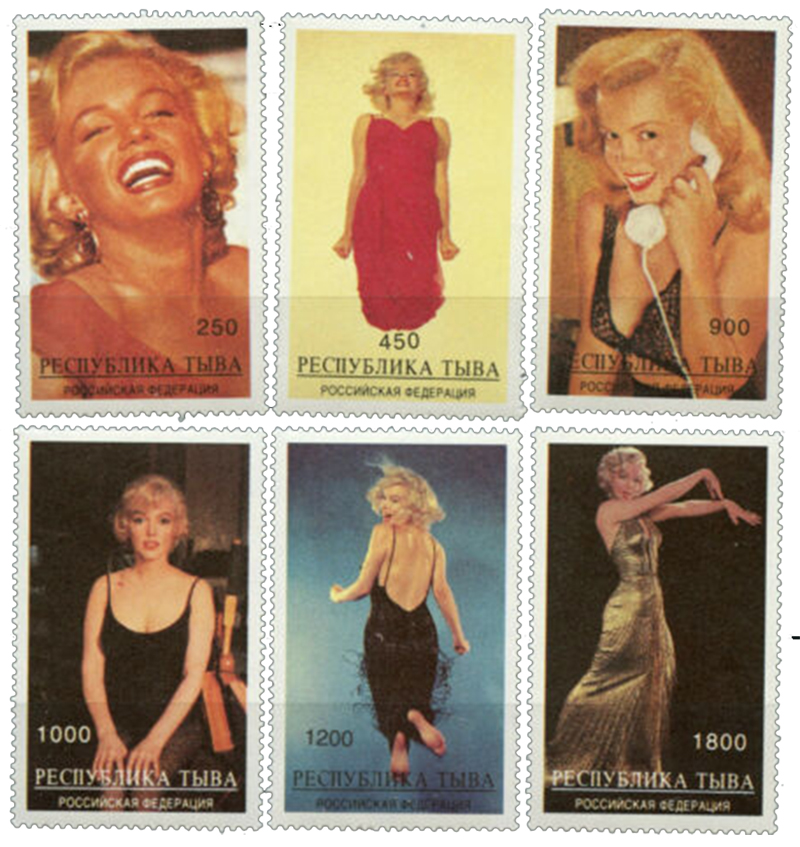
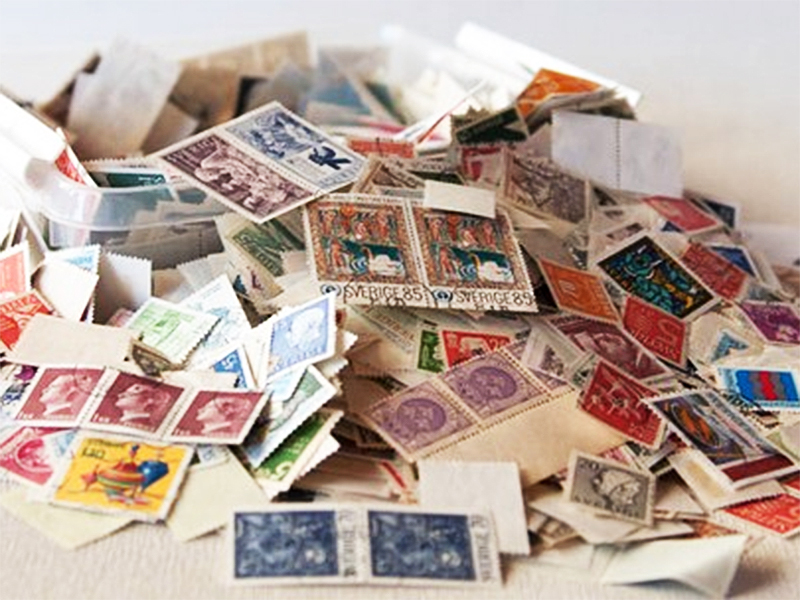
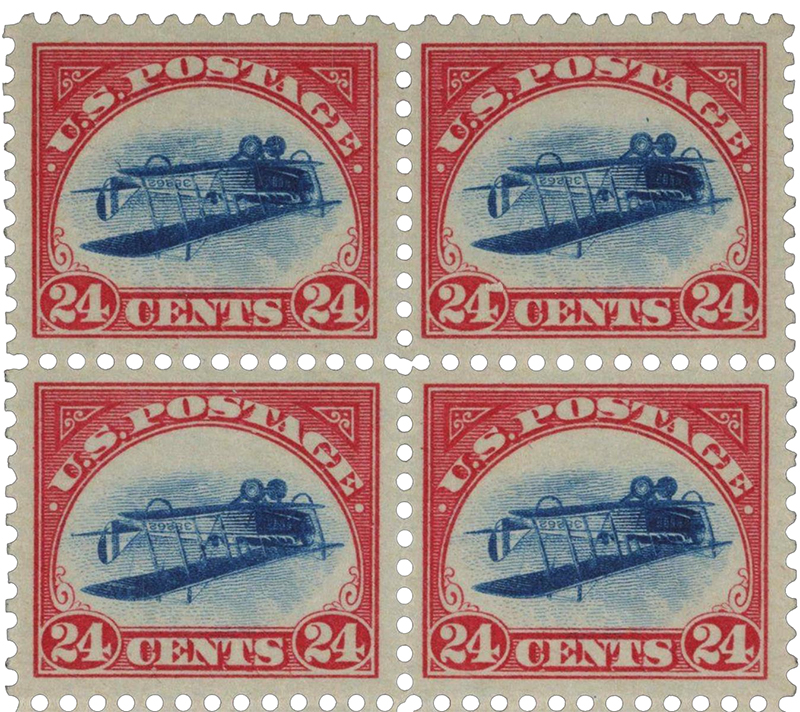
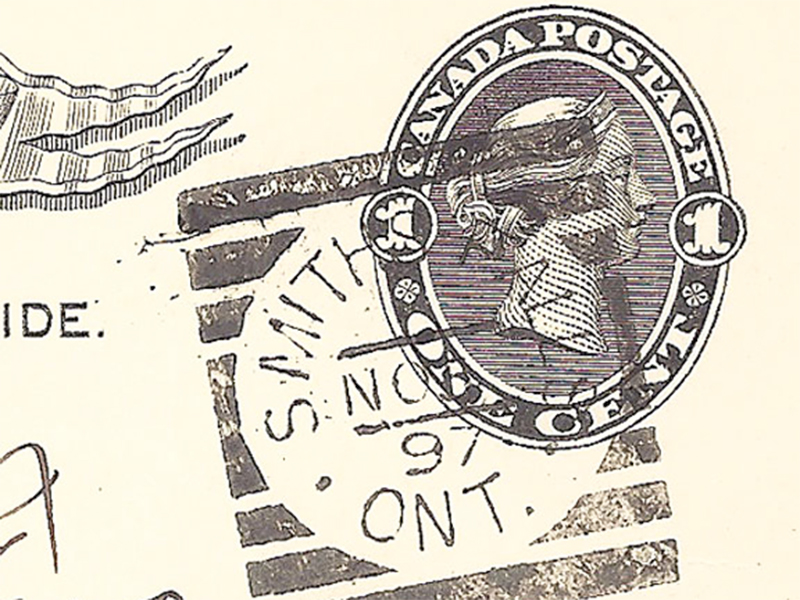

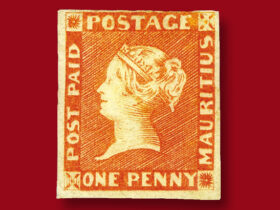


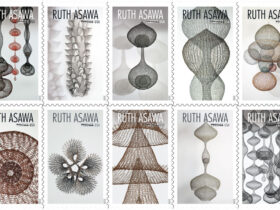
Leave a Reply